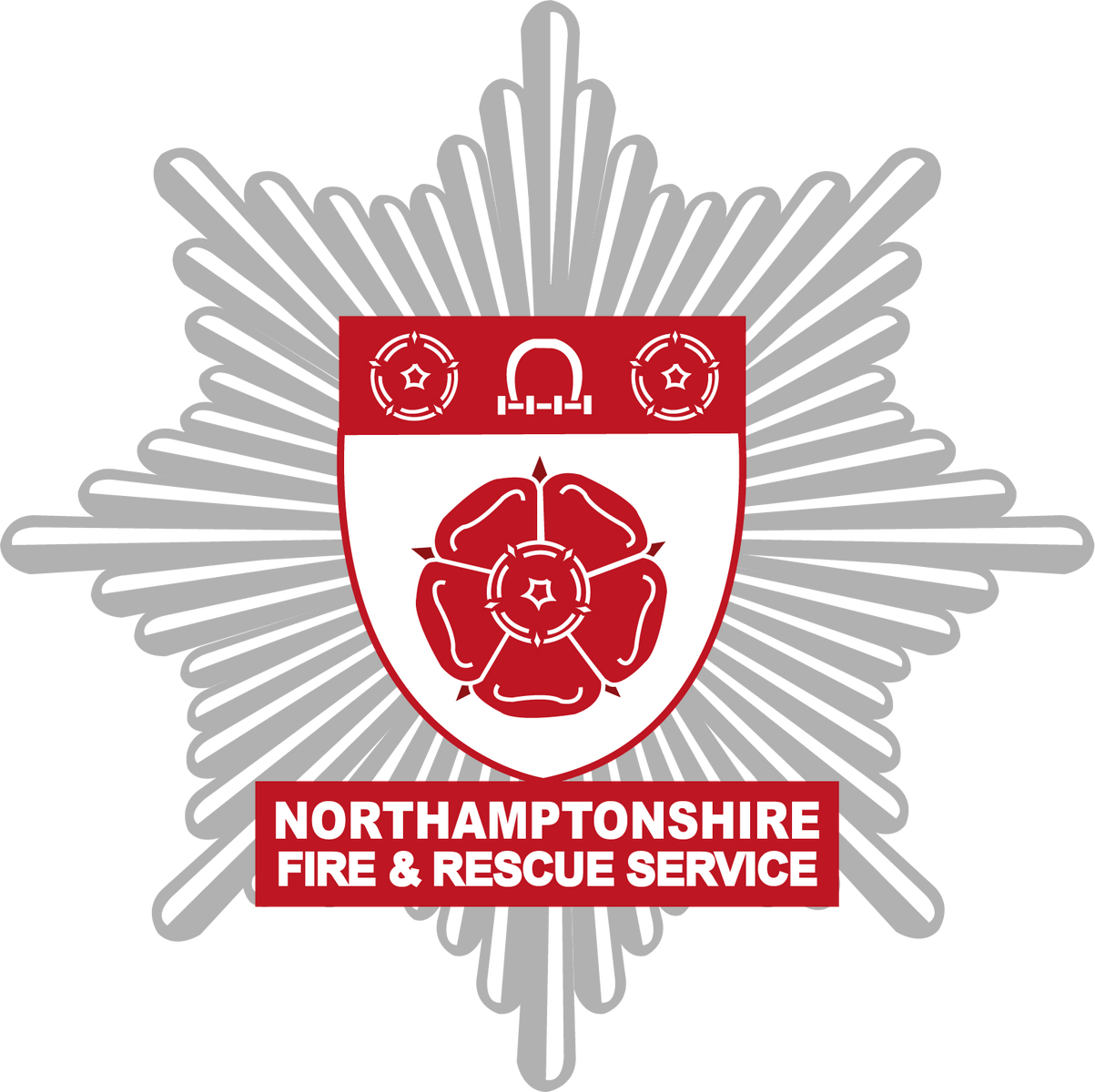The first legislative requirement to fix fire plugs (fire hydrants) was made in 1847 with the passing of the Waterworks Clauses Act 1847. Ensuing legislation culminated in the Water Industry Act 1991.
There is a duty under the current Fire and Rescue Services Act 2004 that the Service secure the provision of water supplies for firefighting purposes. This means that water companies provide the necessary water supply, but the Fire and Rescue Service is responsible for determining the location of hydrants and for their subsequent testing, repair and maintenance.
When a new development within the county is planned, the Fire and Rescue Service determines the risk and recommends the number and position of fire hydrants required to the water authority. Each hydrant is strategically placed to ensure the minimum provision is made, whilst delivering the optimum supply of fire fighting water from a mains system.
Testing and/or inspection
Hydrants shall be subject to a periodic testing and inspection at intervals to be determined by the Fire and Rescue Service, taking into account relevant information such as the location and likely use of the hydrant.
An inspection of a fire hydrant looks at the hydrant pit, frame, cover, the surface surrounding the hydrant and the frost valve, if fitted. The hydrant indicator plate will also be checked.
All joints will be visually inspected for any signs of leakage.
The current national position is that hydrant installations are inspected and tested using the procedure detailed in the Home Office Technical Bulletin 1/1994 (Section 14):
Note: Where it is necessary to conduct initial or regular tests on hydrants, it is important to arrange this with the appropriate water authority.
Tests are carried out on a regular basis. The interval of inspection is left to individual fire authorities to determine. The agreed practice is that this will normally be carried out on an annual basis.
Private Fire Hydrants
Private fire hydrants are located on private water mains that are not the responsibility of the local Water Company or the Fire and Rescue Service. These are generally located on large sites such as hospitals, military establishments, and industrial estates, but may also be installed to provide cover for specific risk properties.
Private hydrants are the responsibility of the owners/occupiers on whose land they are installed, and will not be maintained by either the water company or the Fire and Rescue Service.
Private hydrants should be installed in accordance with the appropriate British Standards and should be compatible with Fire and Rescue Service equipment.
Where private hydrants are installed they should be tested and maintained in good working order by the responsible person(s).
Use of Fire Hydrants
It is illegal to use a fire hydrant to obtain water for anything other than fire fighting unless you are authorised to do so by the water authority or any other person to whom the hydrant belongs.
Unauthorised assess to the hydrant is not allowed. Persons found to be using fire hydrants without the appropriate authorisation are liable to prosecution.
In the event of fire, it can be paramount that firefighters have access to water supplies quickly. Obstruction of fire hydrants, particularly inconsiderate parking could place the lives of you, your family and your neighbours at risk.
A person commits an offence if they damage or obstruct a fire hydrant and will be liable on summary conviction to a fine not exceeding £500 (Fire & Rescue Services Act, Section 42).







 Fire Risk Assessment (worked example for House in Multiple Occupation (HMO)) (PDF 389KB)
Fire Risk Assessment (worked example for House in Multiple Occupation (HMO)) (PDF 389KB)
